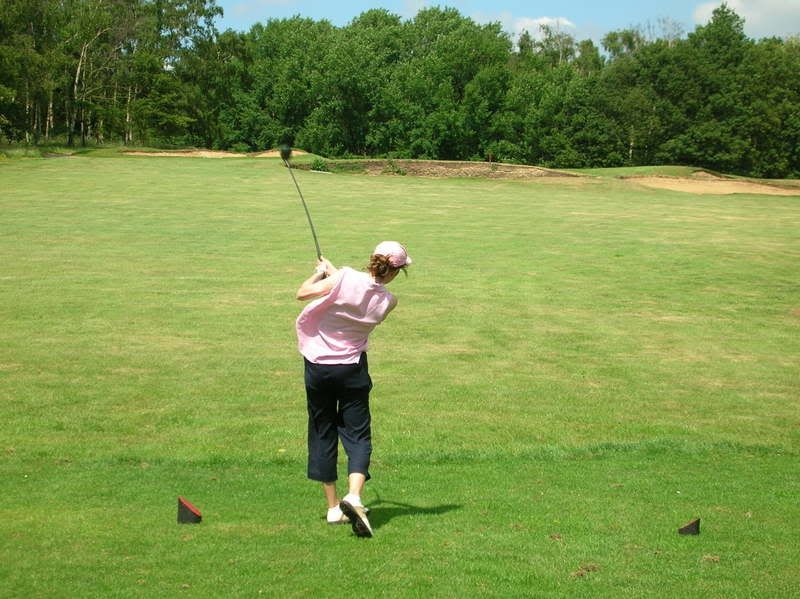More evidence of the sheer ....... genius of James Briad.
Hainault Forrest lower – a course you never hear about.
As mentioned on a previous thread the first Municipal Course in England opened in 1909 in an East London suburb. It was obviously a success and so a third nine was added in the early 1930’s and then it became 36 later in the decade. Cornish & Whitten credit Strutt, who was mostly a constructor who worked with Braid a lot, but Moreton and the Owners say the final course was designed by Braid.
So what kind of course did the 5 times Open Champion provide for the working man?
14 par 4’s, 2 par 3’s, 2 par 5’s.
At least 5 greens sloping front to back.
Wide corridors of play offering options.
He must have seen the similarities; could this have been the world’s first tribute course?
The course is the wrong side of London to attract attention but occasionally it has been noticed. In his short book ‘On Golf’ Timothy O’Grady wrote “I liked this course better than any other I’d yet played around London. It was wooded and hilly. ...there were some excellent par fours, particularly six and twelve. I’d get picked up at dawn, we’d play for a few pounds and then we’d have fried eggs in the café after.” He then describes some of the east end ‘characters’ who play this course – colourful is not the word. The dawn start was common before computerised booking. I am often reminded of the stories of playing ‘the Black’ when the old timers tell me about sleeping in the car on the roadside on the hill outside. Today in summer the earliest tee time is officially 5.45am, but enquire at the club the day before and you’ll be told to get there at 5.15 and they’ll make sure you’ll get away.
The first is a lovely start, 406 yards and if you can keep your tee shot left you get a look down the 44 yard long green. A slice means you will have to come in over the bunker on the right.

The second is a 90 degree dog leg right playing to a green sloping steeply away form you.

3 is a long par 4 over a blind ridge and 4 is a short par 5 that features two drainage channels to break it up

But it’s at 6 that the course really comes alive. The picture hides the fact there’s a terrific choice to be made on the tee. You can choose to go upto 260 yards to the left and be faced with a level shot across a valley, but if you go straight or right your ball will finish in that valley. You will then have a severely uphill shot form the bottom of the valley or a severely down hill lie if you don’t make it. The best line to the green is from the right but you have to take a risk to find it. It’s similar looking to the 12th at Woking - on steroids- but what makes this one great is there’s no single ‘best’ line . For your second shot do you want a level stance from 180 yards and a very poor angle into the green, or the best line in but with a very difficult stance, or possibly a level stance but your shot may be blind?
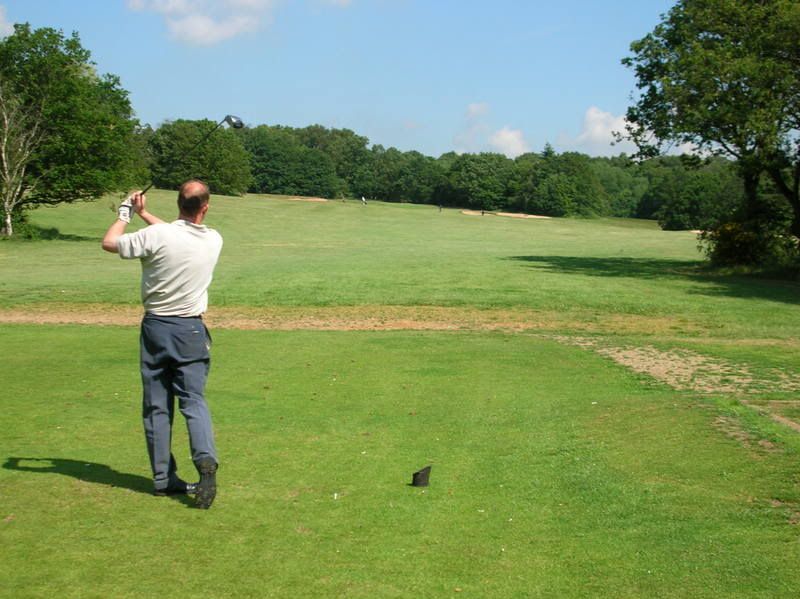
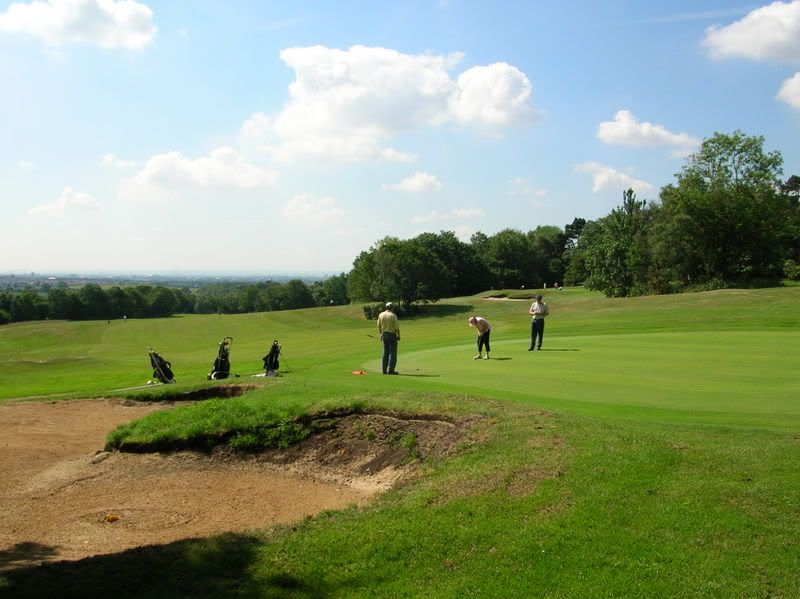
7th Another excellent driving hole. This shot from an elevated tee and the camera flattens out the ridgeback fairway. Go left and you will face a blind second shot with the ball well above your feet. Miss right and you’ll be lucky to avoid the tree, the lake or the bunker.
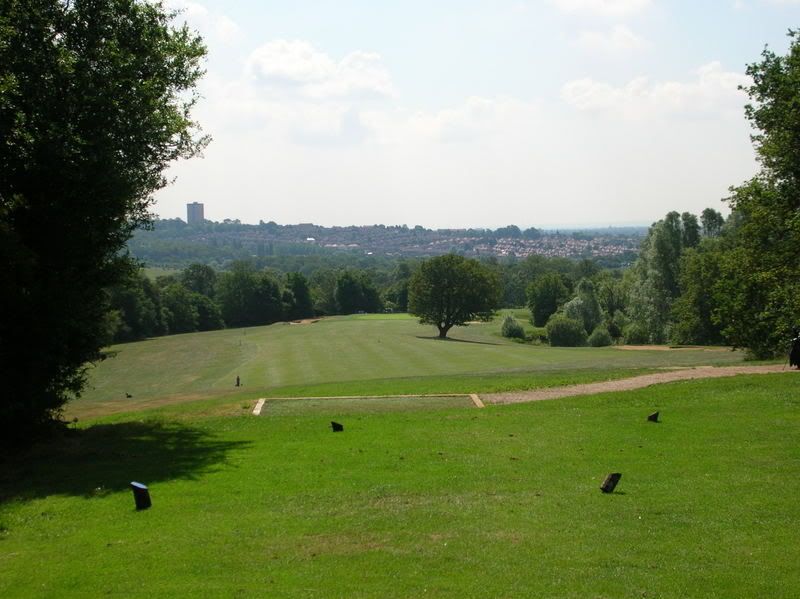
8th superb one shotter across a valley

9 blind shot over a crest will leave a pitch to a green running away from you. To make things interesting there’s a big drop right in front of the green. So to have any chance of a 4 you need to run the ball on between two flanking bunkers, but just enough that it feeds very slowly onto the ramp at the front.
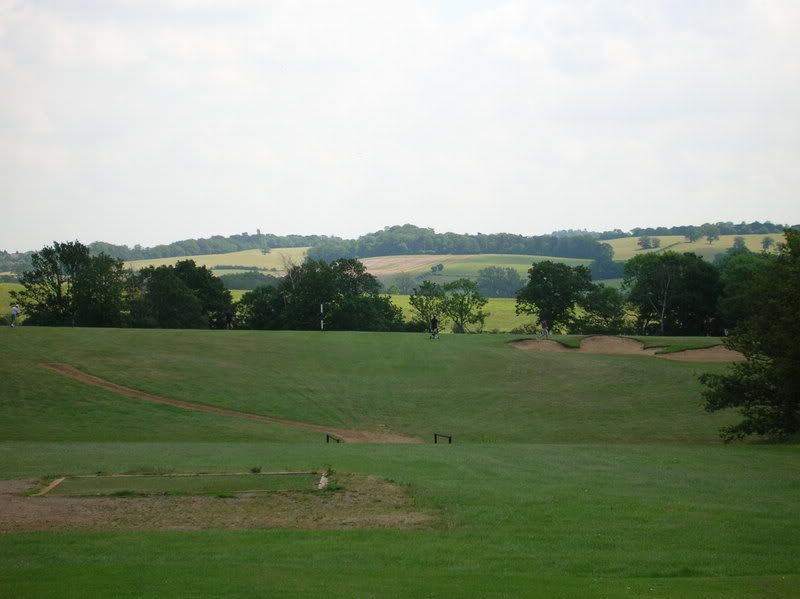
10
After all the excitement a calmer hole but with a big slope to the green this time back to front.
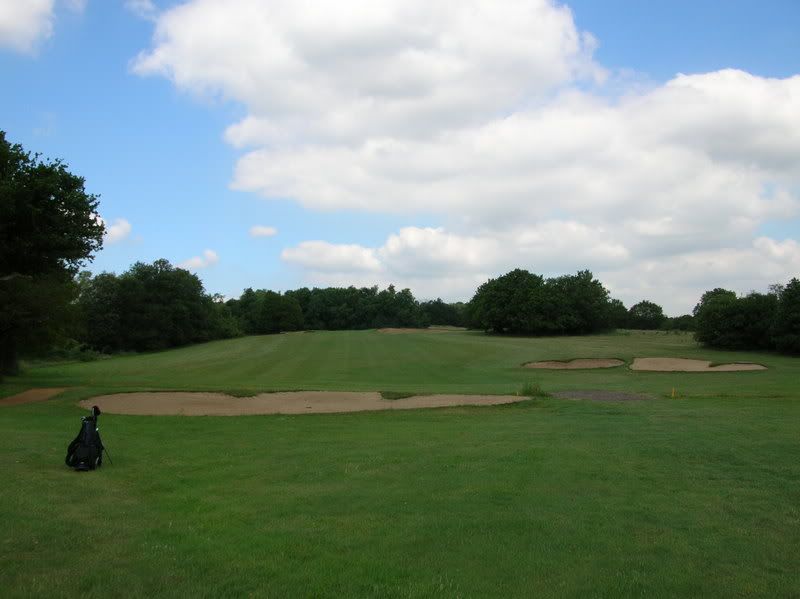
11 up hill par 3, again superb and hard to photograph. Heather, nice shot.
